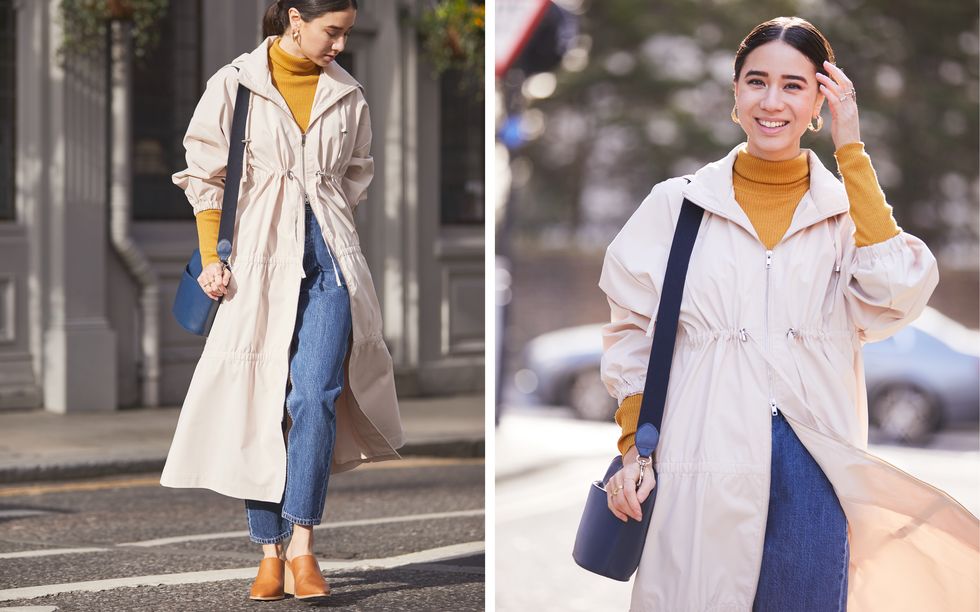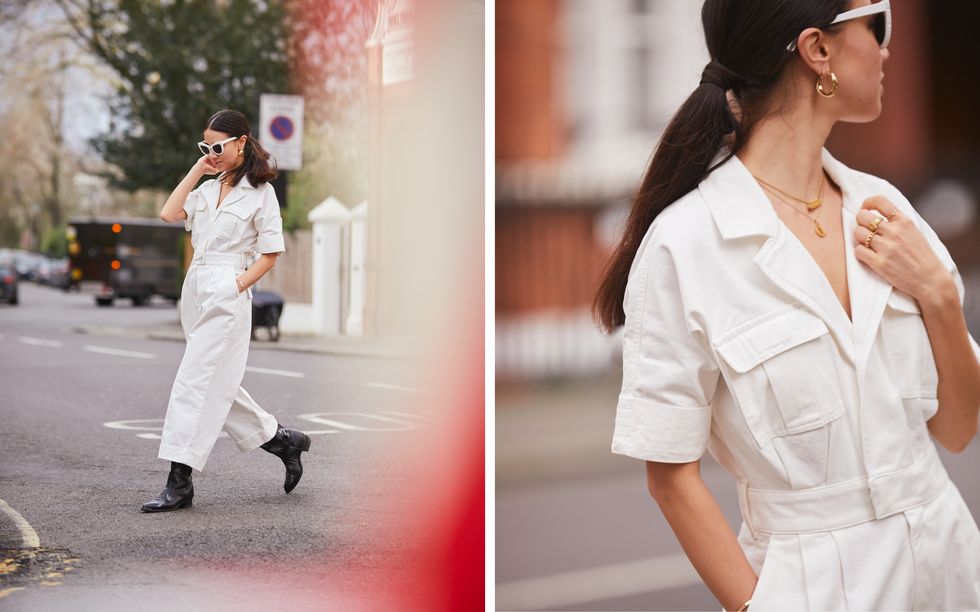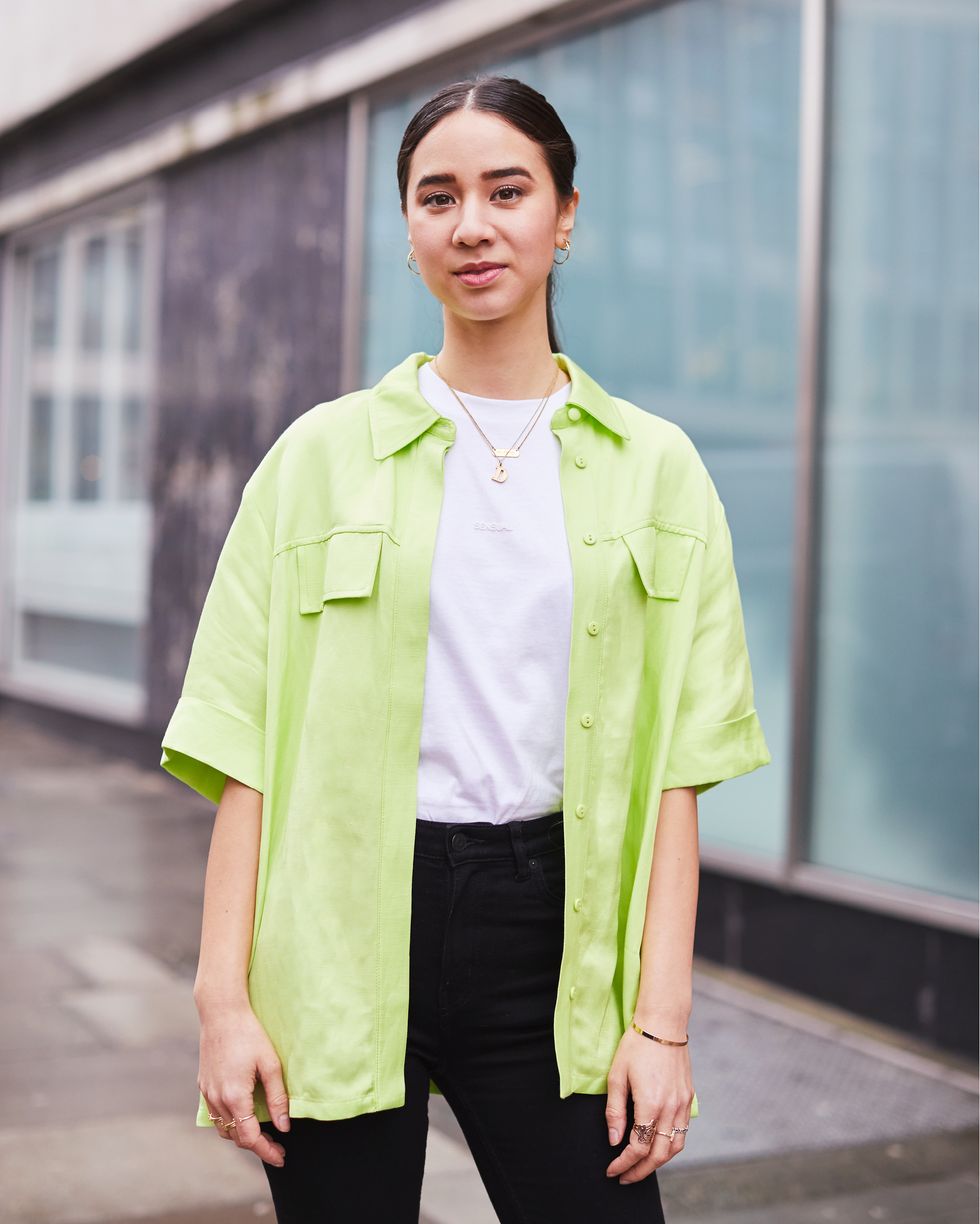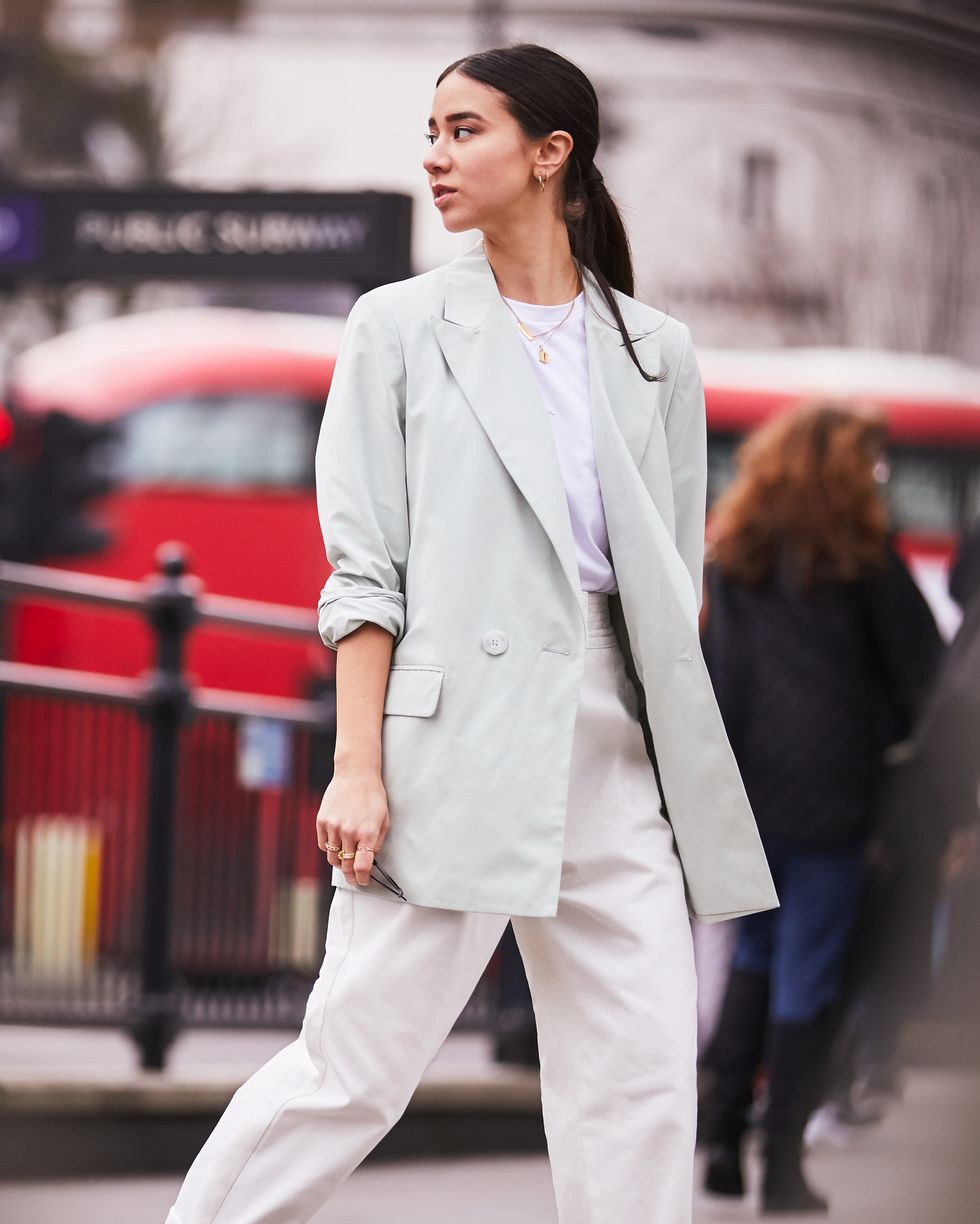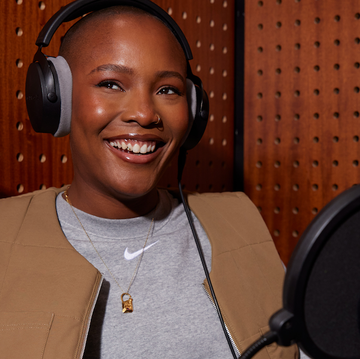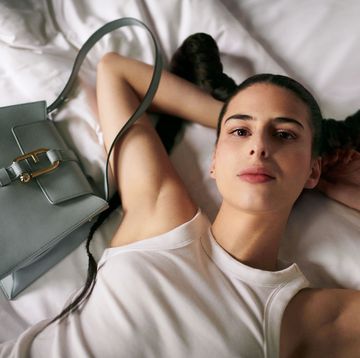Fashion movements gain momentum from cultural credibility and – thankfully, for the planet – sustainability is a topic that’s firmly on the agenda for many industries and consumers alike. In an age when an online order can be processed in less time than it takes to finish an Instagram post, it’s important that we’re finally waking up to the need for sustainable fashion.
Now this is something I can definitely get behind.
Having enforced many a short-term shopping ban on myself, I’m relieved to say that abstaining isn’t the only way to reduce your carbon footprint when it comes to clothing consumption. It’s not about never shopping but shopping smarter. Here are the changes I made.
I love springtime dressing: light jackets, layers and stripped-back neutrals all work with my year-round wardrobe. Having all my clothes accessible and visible in my wardrobe (rather than hiding away unseasonal stuff) means I need way less — and whenever I want to tap into a trend, I look to sustainable options, like Reserved’s eco collection. This season? I’m going back to basics with crisp cottons and adding interesting silhouettes with flowy dresses and deconstructed trench coats.
Considering it takes around 10,000 litres of water to grow enough cotton to make one pair of jeans, I’ve ditched buying new denim altogether – unless it’s made from organic cotton. Organic cotton is grown without the use of chemical pesticides and fertilisers, and has 46% less climate-change impact than conventionally grown cotton, according to a Textile Exchange report. If it’s not organic, I’ll buy vintage instead — or rely on my sister’s hand-me-downs.
Thankfully for my bank balance, it’s possible to buy sustainably on the high street by simply shopping smart. Brands like Reserved have collections made from environmentally friendly Tencel™ fibres. These use biodegradable materials made from fast-growing sources, such as eucalyptus trees, which can be grown on sustainable farms without the use of toxic pesticides and excessive water. They’re efficient because they’re more breathable (so don’t need to be washed as much), don’t require bleach and use far less dye.
From organic cotton underwear to bamboo socks, I try to remember the little details, too. As a vegetarian, I don’t like to buy new leather, so I buy either vintage or locally made synthetic shoes. I invest in second-hand designer cross-body bags and, since I need to keep everything in one place – lest I leave my travel card or lip balm behind – they last me ages.
So, what I’ve learned is that sustainable shopping doesn’t need to be expensive or limiting – it’s about switching old fast-fashion habits for infinitely more rewarding choices, for yourself and the planet.
Check out more sustainable style for SS20 with Reserved’s capsule collection


